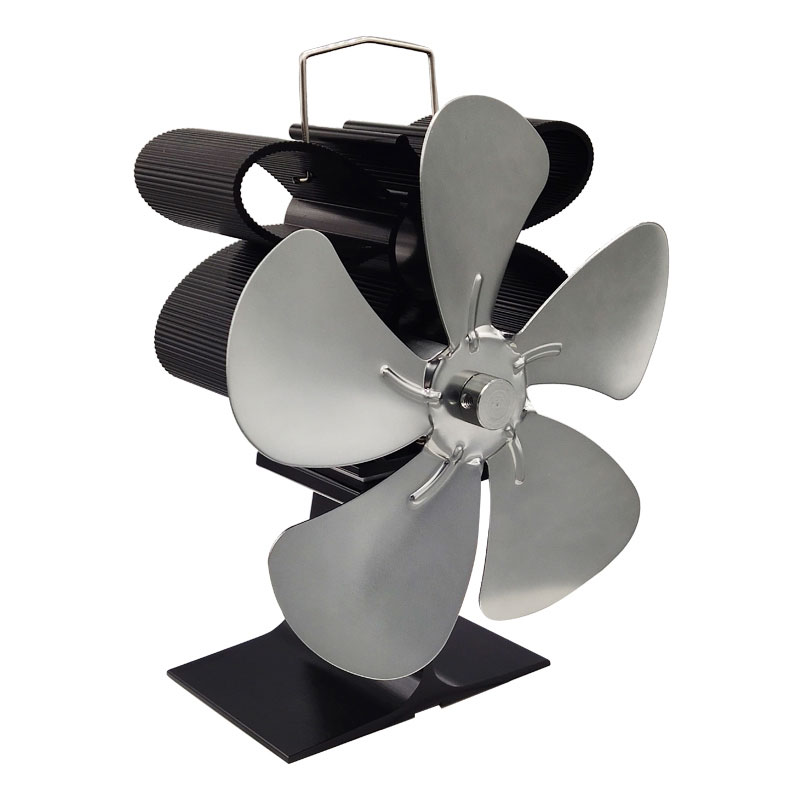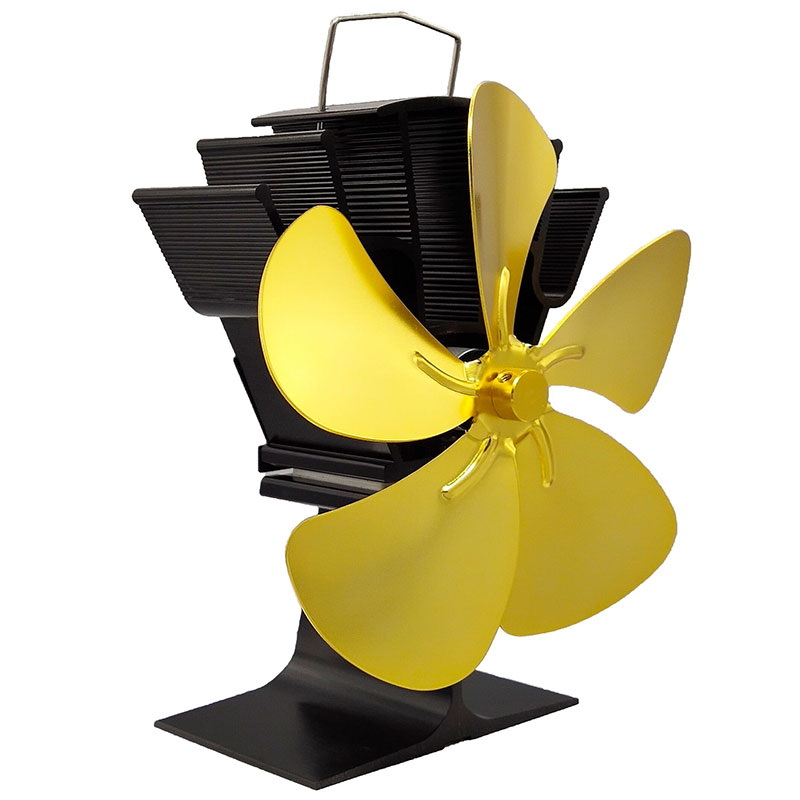Traditional Free Standing Stove Fan
A traditional freestanding stove fan, also known as a stove fan or wood stove fan, is a device used to improve the circulation of warm air from a wood-burning stove or fireplace. It operates without electricity and relies on the heat generated by the stove to power its fan blades, increasing the dis......
Send Inquiry
Product Description
A traditional freestanding stove fan, also known as a stove fan or wood stove fan, is a device used to improve the circulation of warm air from a wood-burning stove or fireplace. It operates without electricity and relies on the heat generated by the stove to power its fan blades, increasing the distribution of heat throughout the room.
Here are some key features and characteristics of a traditional freestanding stove fan:
1. Operation: A freestanding stove fan operates through a simple principle known as thermoelectric power generation. The fan is placed on top of the stove or near the stovepipe, and as the stove heats up, the temperature difference between the base and the top of the fan generates electricity. This electricity powers the fan blades, which then rotate and push warm air into the room.
2. Self-Powered: The primary advantage of a traditional stove fan is that it operates without the need for electricity or batteries. It harnesses the heat from the stove itself to generate the power required for the fan's operation. This self-powered feature makes it energy-efficient and independent of external power sources.
3. Increased Heat Circulation: The main purpose of a stove fan is to improve the circulation of warm air generated by the stove. By gently distributing the heated air into the room, the fan helps to even out temperature variations and reduce cold spots. This can lead to more efficient heating and greater comfort within the living space.
4. Silent Operation: Traditional stove fans are designed to operate silently, without creating any noise or disruption. This ensures that the fan doesn't interfere with the peaceful ambiance of the room, allowing you to enjoy the warmth of the stove without any distractions.
5. Heat-Activated: The fan blades of a traditional stove fan start spinning automatically once a certain temperature threshold is reached. As the stove heats up, the fan begins to rotate, and its speed increases with the rising temperature. When the stove cools down, the fan gradually slows down and eventually stops.
6. Placement and Safety: Freestanding stove fans are typically placed on the top surface of the stove, away from direct flames or extremely high temperatures. It is important to follow the manufacturer's guidelines regarding proper placement and safety precautions to prevent any damage or accidents.
7. Design and Aesthetics: Traditional stove fans come in various designs and finishes to complement different stove styles and room decor. They are often constructed with durable materials such as metal or heat-resistant materials, ensuring their longevity in the high-temperature environment of the stove.
It's important to note that the effectiveness of a stove fan can vary depending on factors such as the size of the stove, the level of heat generated, and the layout of the room. While a stove fan can improve heat circulation, it should not be considered a substitute for proper insulation and overall heating system efficiency.
Overall, a traditional freestanding stove fan is a practical and energy-efficient accessory that helps to distribute the warmth generated by a wood-burning stove or fireplace, improving the comfort and efficiency of heating in the room.










